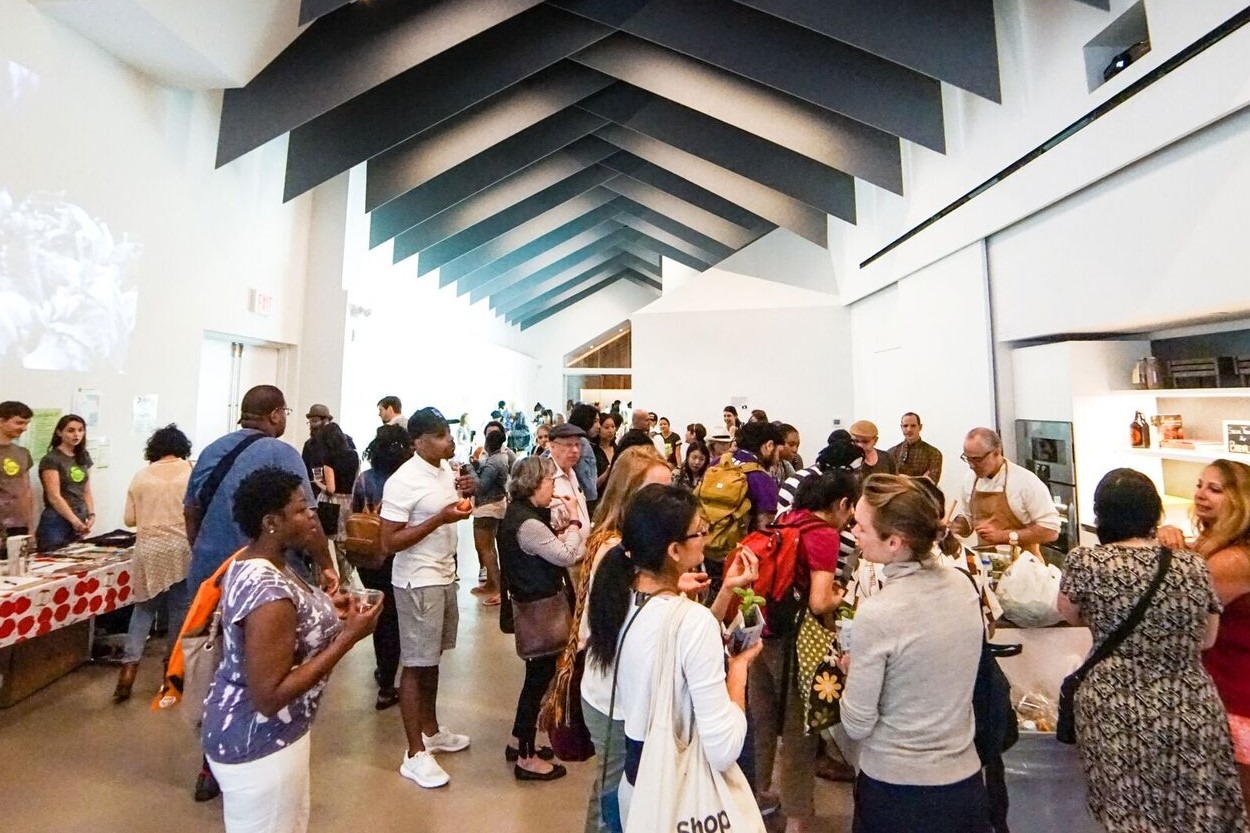Basil Alkazzi’s paintings are Jungian journeys into mystical places inhabited by the mind and spirit.
Middle Eastern by parentage – his father was an Arabian and his mother a Kuwaiti – he was raised in London where he attended the Royal Academy of Art. He exhibited regularly from 1978 – 1985, and in 2000 was granted residence in the United States as “an artist of exceptional ability in the arts.” Since then, his work has been displayed in galleries and museums across the nation.
For good reason. His abstract paintings have been called both cosmic and spiritual works that transcend the physical world they inhabit.
“The coloration is so intense and so vibrant — it carries the emotional impact,” says Judith Brodsky, curator of An Odyssey of Dreams: A Decade of Paintings 2003-2012, a traveling exhibition on display through March 2 at the Rider Museum in Lawrenceville, N.J.
“The shapes are organic, derived mostly from nature, with parts of petals or leaves blown up to such an extent that there’s a metamorphosis that takes place, leading you into the universe,” she says. “It’s part of a tradition that takes you to the sublime and the meaning of everything.”
She traces that tradition back to Kandinsky, to Klee, to Rothko and to Barnett Newman. “It goes beyond the everyday, beyond the secular and into a meditative state,” she says. “It’s not a passive state, but you’re transported to the essence of being.”
To emphasize the importance of Alkazzi’s work, she’s helped organize a discussion about it between Donald Kuspit, an eminent U. S. art critic, and Matthew Baigell, one of the leading American art historians. It’s scheduled for Thursday, Feb. 20 at 7 PM at the Rider Museum.
With introductory remarks by Michael Royce, executive director of the New York Foundation for the Arts, the ensuing discussion will examine Alkazzi’s work within a broader context: the shift among artists today away from the secular concerns of the 20th century and toward a renewed interest in communicating spiritual feelings and sense of the mystical.
“There’s a trend toward how to express their inner feelings again,” she says.
The discussion is free and open to the public.
For a catalog of the exhibit, published by Scala International, go here.
[slideshow id=1118]


